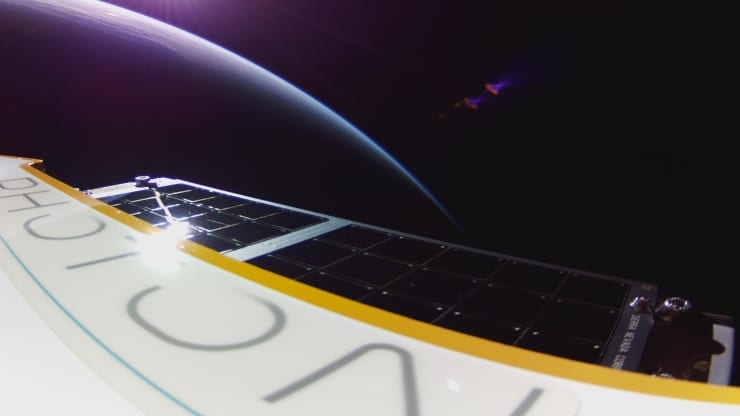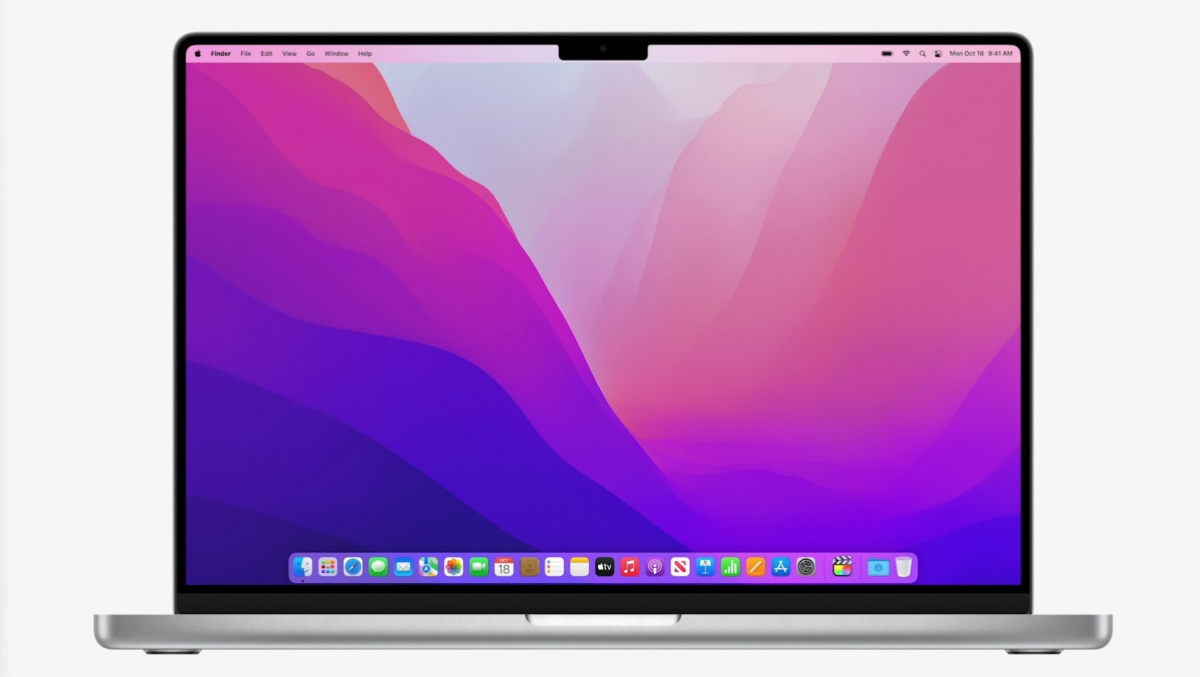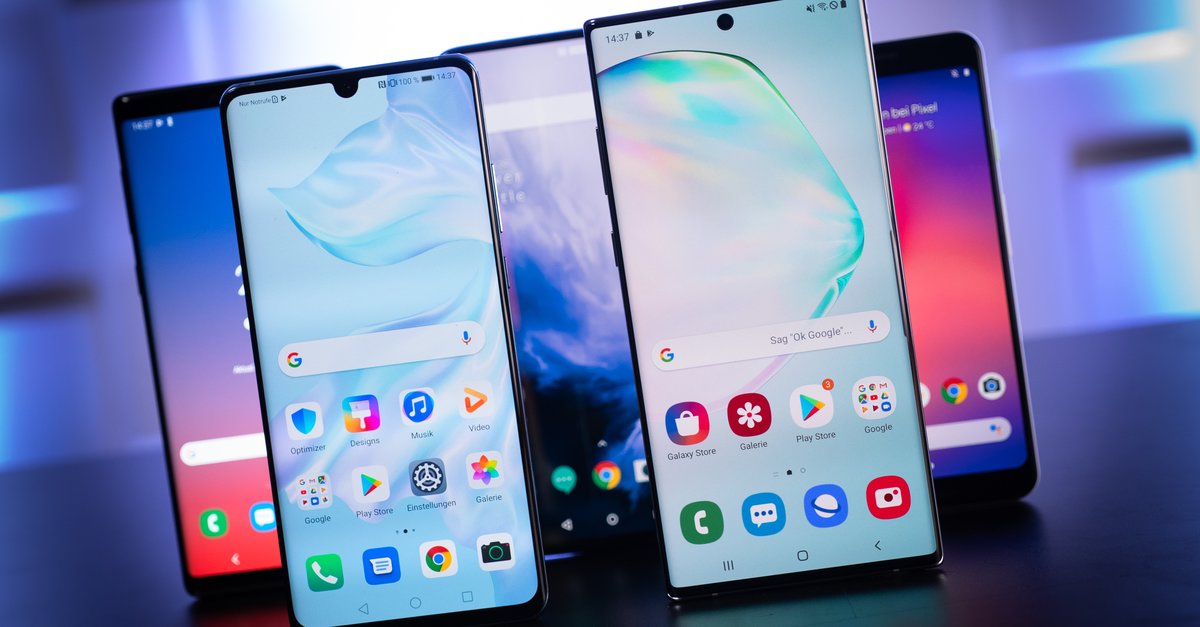Startup wants to build factories in weightlessness
Rocket Labs photon satellite in space. (Screenshot: CNBC / t3n)
With the help of three satellites from Rocket Lab, the space startup Varda wants to build factories in zero gravity. Organs are to be bred there, among other things.
How do you get to work? Car, bus, train, bike – or with a rocket straight to the space laboratory? An interesting question that Varda employees might ask themselves in the future. Just weeks after receiving $ 42 million in Series A funding, the Space startup now a deal with Rocket Lab closed. Varda is to receive a total of three of the transport satellites known as Photon by 2024. There is also the option for Varda to purchase a fourth satellite.

Rocket Labs photon satellite in the laboratory. (Screenshot: Techcrunch / t3n)
Varda wants to use the photons for a kind of space factory – the startup relies on the special production conditions in microgravity or weightlessness. Under these circumstances it is possible, for example, to grow cells or entire organs, to manufacture special semiconductors or, in general, to work under conditions that do not exist on earth.
Contents
Varda dreams of huge space factories
Varda insists that the value of these products is so high that the high costs in the form of rockets and space flights are more than justified. The Photon satellites from Rocket Lab are each to be equipped with two modules from Varda: The first contains the microgravity module for production, the second is a re-entry capsule. Its purpose is to ensure that the finished products get safely back to earth. Each production mission is expected to take approximately three months from takeoff to landing.
To start with, the modules should be able to bring 40 to 60 kilograms of material back to earth; however, this amount is expected to grow rapidly. This also applies to the space factories themselves – Varda co-founder Delian Asparouhov thinks differently Techcrunch Big: “If we scale up, we can build a larger space factory and yes, at some point we could have one that is as big as the ISS – or ten times bigger.” But first you start small.



